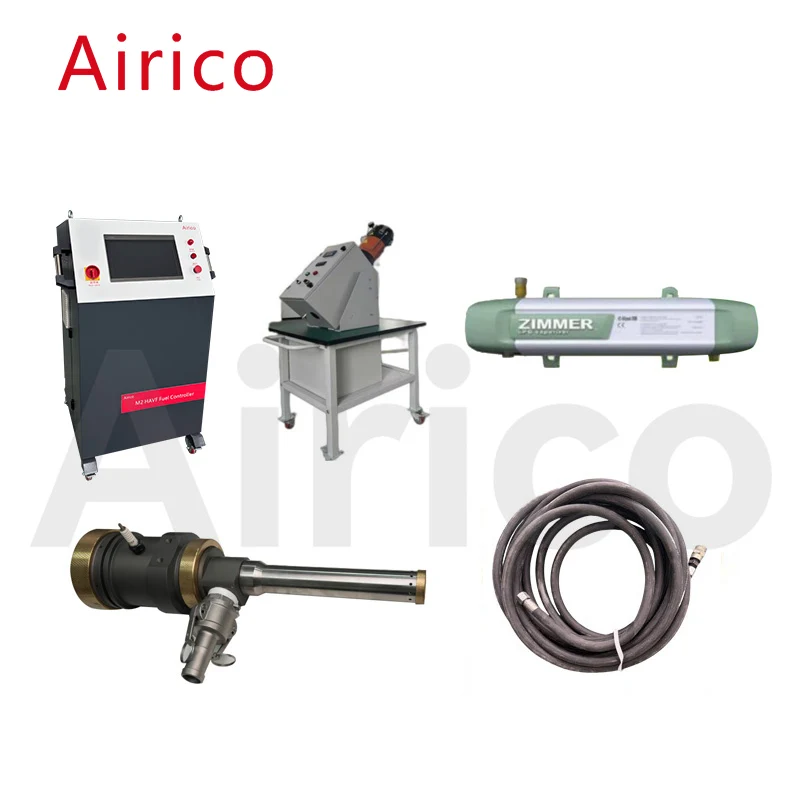Cold spray, also known as Cold Gas Dynamic Spray (CGDS), is an advanced surface coating technology based on aerodynamics. It employs high-pressure gas to propel solid particles to extremely high speeds, causing them to撞击a substrate upon impact and deposit to form a coating. This technology is not only efficient but also environmentally friendly, making it suitable for a wide range of applications. Here’s a detailed look into how cold spray works.

The cold spray process involves using compressed gas as an accelerating medium to propel powder particles ranging in size from 5 to 45 micrometers. These particles are accelerated to supersonic speeds (at temperatures ranging from room temperature to 600°C) in a fully solid state before impacting the substrate. Upon impact, the kinetic energy of the particles is converted into plastic deformation, strain, and ultimately heat. This results in the particles adhering to the substrate and forming a dense coating.
Cold spray technology can be broadly classified into two categories based on the pressure of the propelling gas: high-pressure (above 1 MPa) and low-pressure (below 1 MPa) cold spray.
In this process, compressed gas is divided into two streams. One stream passes through a heater, while the other passes through a powder feed channel.
The two gas streams mix and expand through a de-Laval nozzle to form a supersonic gas-powder stream.
The powder particles are then impacted at high speed onto the substrate, depositing to form a thick coating.
This process is simpler and requires portable equipment.
Heated compressed gas directly enters the nozzle, where it converges with the incoming powder particles and sprays them onto the substrate.
Due to lower spray pressure, carrier gas, and preheating temperatures, the coatings produced by low-pressure cold spray tend to have poor density and weaker interfacial bonding. Thus, its application is limited to materials such as Cu, Al, and their alloys for surface enhancement and repair.
Cold spray can be used to deposit a variety of materials, including metals, plastics, and ceramics, making it highly versatile.
The coatings formed are typically highly corrosion-resistant and wear-resistant, protecting the substrate and extending its lifespan.
Cold spray is relatively environmentally friendly, as the sprayed powder can be recycled and reused.
The coatings have low residual stress, which is compressive, allowing for the preparation of thicker coatings.
The chemical composition and microstructure of the coating can remain consistent with the raw material, avoiding oxidation, alloy burnout, and grain growth. This makes cold spray suitable for thermally sensitive materials and active metals.
The performance of cold spray coatings is influenced by several factors:
These include gas conditions, nozzle design, and spray dynamics.
The powder particle size distribution affects particle velocity and critical velocity.
The type and properties of the powder material significantly impact the coating quality.
Critical velocity is traditionally used to measure spray performance, but particle impact velocity also plays a crucial role.
Factors such as nozzle material and cooling methods can affect spray efficiency by preventing nozzle clogging.
Cold spray technology has found widespread application in various industries due to its advantages:
Coatings for enhanced wear resistance, corrosion resistance, and thermal insulation.
Surface enhancement and repair of components.
Coatings for corrosion protection in harsh environments.
Coatings for implants and surgical tools requiring high biocompatibility.

